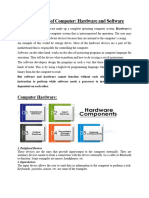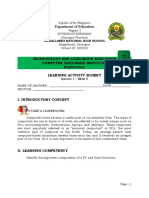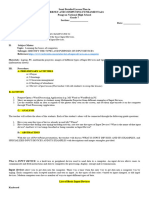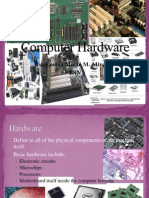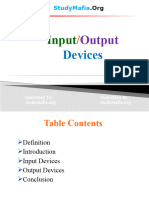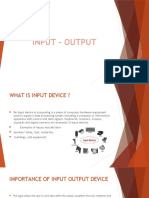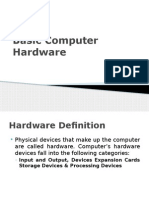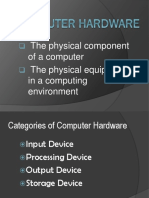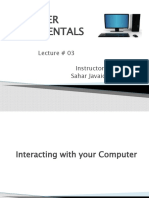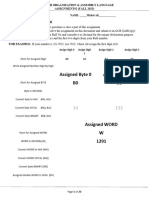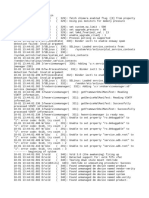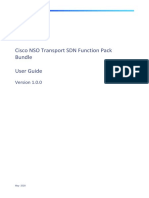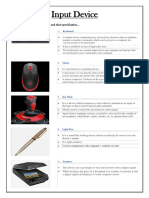0% found this document useful (0 votes)
19 views22 pages02 - Computer Devices
The document provides an overview of computer devices, categorizing them into input, output, and storage devices. It details various input devices such as mice, keyboards, and barcode readers, as well as output devices like monitors and speakers. Additionally, it discusses storage options including floppy disks, CDs, USB drives, and cloud storage.
Uploaded by
UpekshaCopyright
© © All Rights Reserved
We take content rights seriously. If you suspect this is your content, claim it here.
Available Formats
Download as PDF, TXT or read online on Scribd
0% found this document useful (0 votes)
19 views22 pages02 - Computer Devices
The document provides an overview of computer devices, categorizing them into input, output, and storage devices. It details various input devices such as mice, keyboards, and barcode readers, as well as output devices like monitors and speakers. Additionally, it discusses storage options including floppy disks, CDs, USB drives, and cloud storage.
Uploaded by
UpekshaCopyright
© © All Rights Reserved
We take content rights seriously. If you suspect this is your content, claim it here.
Available Formats
Download as PDF, TXT or read online on Scribd
/ 22












